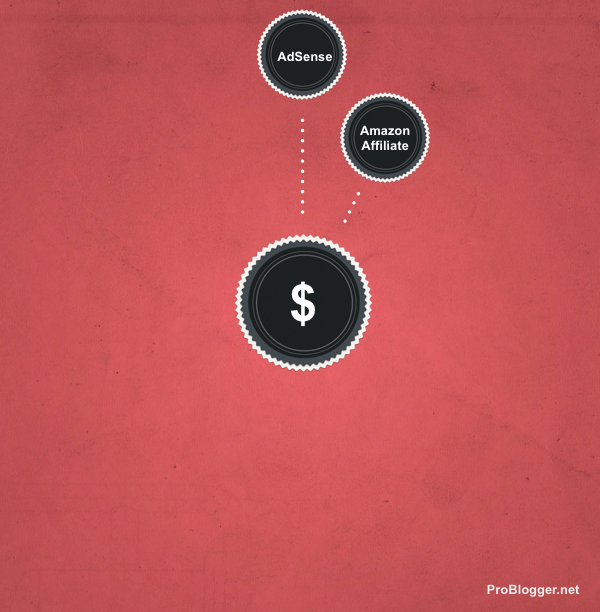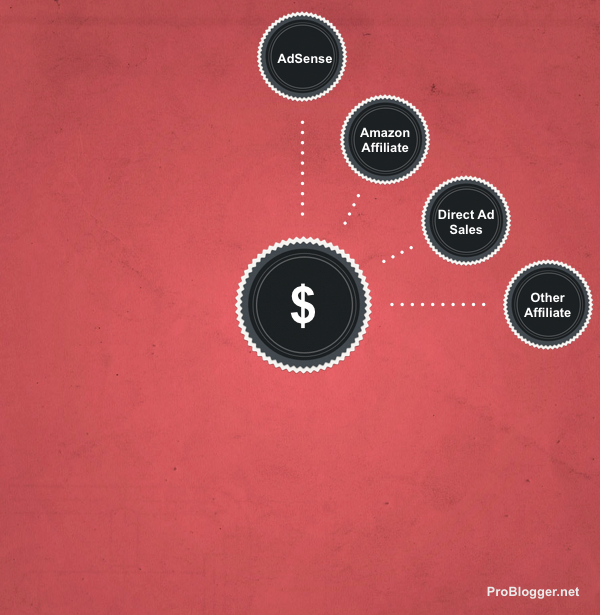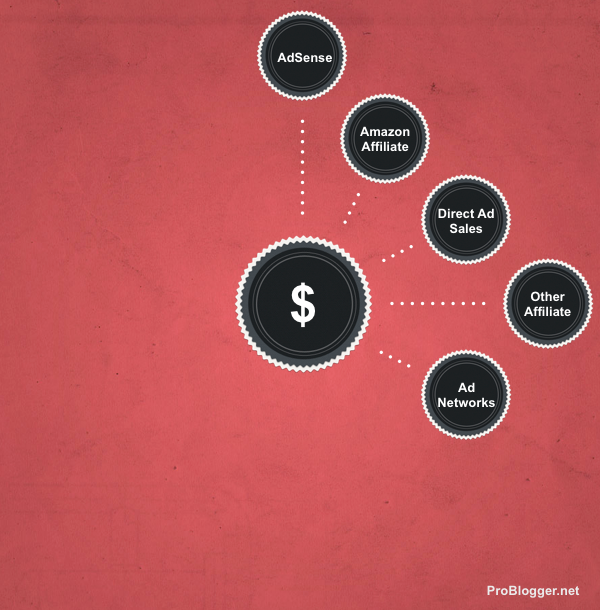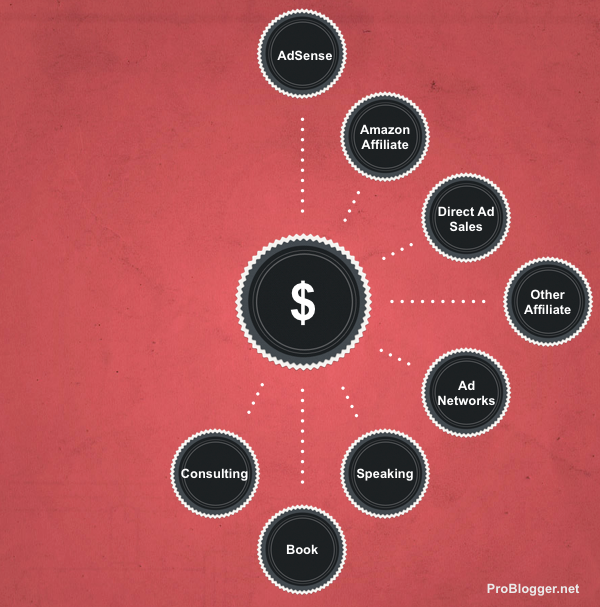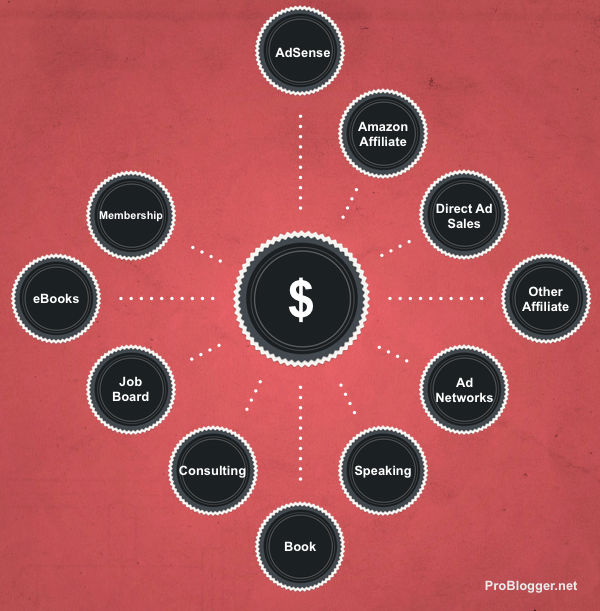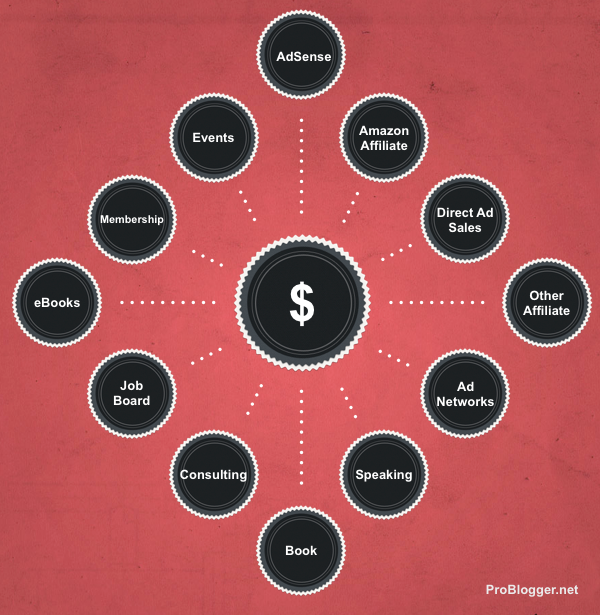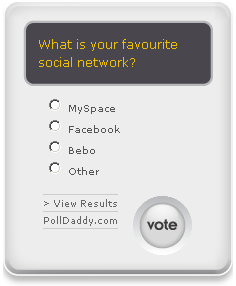By way of illustration, I shared my own story
When I started blogging, I did it as a hobby. I had no intention of it ever being more than that and there were no examples of people directly monetizing blogs.
Over the coming year and a half, my blog grew in popularity and the hobby became something of a passion and obsession. It also began to cost me money to run for hosting, domain, design etc.
Phase 1
I began to dabble in monetizing with the hope of simply covering my costs. My first experiments were with Google AdSense and the
Amazon Affiliate Program. The results weren’t spectacular but they were encouraging enough for me to keep trying. A few dollars began to trickily in but more importantly –
I was learning a lot!
Phase 2
Over the coming months I continued to experiment with AdSense and Amazon. I vastly improved how I was implementing the programs (
better ad positioning, writing reviews for affiliate products). I also began to think about how to drive more traffic to my blog. I even started a second blog (and then more followed)!
The results were that my income began to grow. I began to see my blogging as a part-time job and even began to wonder if it could one day be full-time.
Over the coming year I also began to also look at other forms of monetization.
During this time I started promoting affiliate programs with other online stores.
I also did something that terrified me but which became a great income stream, I picked up the phone and began to sign up advertisers directly. This was a period where I had to bite the bullet and
start to treat blogging not just as a hobby – but as a business.
Again – these new income streams started small and were experiments. My first ad sale was for $20 for a month long ad. It didn’t bring me overnight riches but securing the ad taught me a lot and contributed to my overall income.
It was around this time I realised that while none of my income streams were enough to sustain me alone, a blog could actually sustain multiple sources of small income that could add up to something significant.
My goal was to go full time as a blogger. To do that I knew I needed to grow multiple streams of income and my blog’s traffic.
Phase 3
It was around this time that other Advertising Networks began to appear. I experimented with quite a few but the one I had most success with was
Chitika. At the time, AdSense was my #1 source of income but
putting Chitika on my site almost doubled that income overnight and allowed me to go full time as a blogger!
Phase 4
It was around this time that I’d started ProBlogger as a blog along with a whole new range of income streams. I did monetize ProBlogger in the early days, using all of the above income streams but I found that ProBlogger was actually better to monetize indirectly.
By ‘indirect monetization’ I mean that ProBlogger began to grow my own personal profile and authority on the topic of blogging and I began to be approached to provide products and services that I could sell. The blog itself didn’t necessarily make money – but it enabled ME to make money as a result of the blog.
For example, it was through ProBlogger that I landed my first paid speaking opportunity. I was asked to fly to Washington DC to speak at a conference – (all expenses covered plus a small fee paid).
Around the same time, I was approached to write the
ProBlogger Book (the hard cover one that is now in it’s 3rd edition). This only came off the back of the ProBlogger blog.
Similarly, around this time I began to offer my services as a consultant to help people with their blogging strategy (a service I don’t offer any more).
Once again, these income streams started small (in fact writing a Book isn’t generally a big income stream for most authors) but they each contributed to the overall revenue from my blogging,which was now adding up to be a lot more than I’d ever earned from any other job (keeping in mind that I’d been blogging now for 4-5 years).
Phase 5
Most of the above income streams have continued to grow but other opportunities have presented themselves as new technologies emerge. While I’d previously been approached to create a hard copy book, we began to see the emergence of eBooks. While people previously had asked me to speak at their live events we began to see people delivering content via virtual/online courses and conferences.
I began to experiment with creating eBooks and membership areas to my sites.
eBooks have gone on to become my main income stream (both with
ProBlogger eBooks and
Photography eBooks). The main income from eBooks tends to come in fits and starts, when we either launch a new eBook or run a sale/promotion on one but even when we don’t have these events happening they still steadily sell each day in small numbers. Again, contributing to the overall revenue.
The job board is an interesting example of what I’m talking about today. It has never been a spectacularly huge income stream but it has actually been a pretty steady source of income over the years. We generally see 1-2 new blogger jobs advertised every day and that $50-$100 per day in income adds up over time. I’ve not got the exact figures but I’d estimate that over the last 5 years it has brought in over $100,000! I’m glad I started it!
By this stage my income was growing to the point where I was able to bring on others into my team. This started with some very part time outsourcing of small jobs but in more recent times has enabled me to hire a number of team members to help run different components of my business.
Phase 6
The final income stream has become a growing focus of my team and I (although I have to say it’s not a massive income stream at this point) has been running events and conferences.
Our annual
ProBlogger Training Event here in Australia has grown in number each year and this year we think it’ll probably turn a small profit. Having said that,
my intent with these events is not to make a lot of money. Rather,
it is about giving something back to the Aussie Blogosphere (it is also great for branding and gives me a lot of personal satisfaction and fun).
My suspicion is that events will be something we’ll see expand a little in the coming years.
Final Thoughts
Let me sum up with a few thoughts, disclaimers and words of encouragement:
Keep in mind that all of the above has happened over 10 years. While today there are obviously 12 or so income streams (although I’m sure I’m forgetting something) they all started quite small and as experiments.
There have been moments where it did seem like I had rushes of income, those rushes were usually the result of several years work and investment of time and money.
I also would say that in each case, I started each experiment not really knowing what I was doing (on at least some level) but really seeing the experiments as a chance to learn. For example, my first eBooks were taking previously published blog posts and updating, completing and adding to them to offer readers a more convenient way to access my content.
At the time I had no idea if that would work and the design and delivery of the eBooks was fairly basic. In time I learned what did and didn’t work and was able to grow the sophistication of my delivery systems, design, authoring and marketing to the point that it’s become a fairly well-oiled machine.
The key is to pick something to try and to see whether it connects with your readership and to learn as much as you can while you’re doing it. Often you end up evolving what you do to the point that it is a better fit for you and your blog – but you’ll never get to that point without starting.

